-
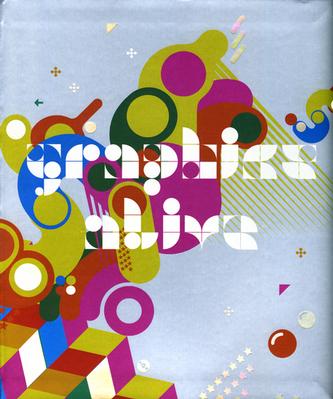
Graphics Alive
In this book, we talk about graphics that create relationship with us. It is not only a relationship between audience and the entity, like what we would get from reading a flyer or seeing a poster, but a more intimate relationship with our lives. This relationship encompasses all design disciplines - including graphic design, fashion design, interior design and industrial design, etc. Most of us can recognize the value of good design in major undertakings such as building a house; few of us give it much thought in our daily items. To a lot of people, design is like a trend, but rather an art of making objects look beautiful. It is true that many designers are going under the trend, however, good design isn’t reliant on anything. ‘Graphics Alive’ brings you to discover this omnipresent power of ‘graphics being alive’ around us. From big to small, from head to toe, the survey comprises of study of top international brands to unique projects by design experts and also up-and-coming designers. -
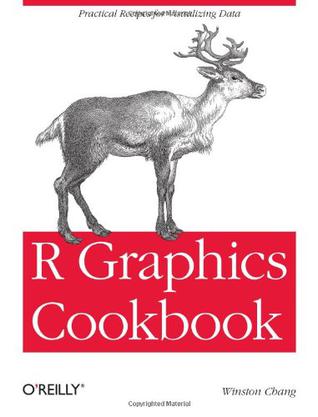
R Graphics Cookbook
This practical guide provides more than 150 recipes to help you generate high-quality graphs quickly, without having to comb through all the details of R's graphing systems. Each recipe tackles a specific problem with a solution you can apply to your own project, and includes a discussion of how and why the recipe works. Most of the recipes use the ggplot2 package, a powerful and flexible way to make graphs in R. If you have a basic understanding of the R language, you're ready to get started. Use R's default graphics for quick exploration of data Create a variety of bar graphs, line graphs, and scatter plots Summarize data distributions with histograms, density curves, box plots, and other examples Provide annotations to help viewers interpret data Control the overall appearance of graphics Render data groups alongside each other for easy comparison Use colors in plots Create network graphs, heat maps, and 3D scatter plots Structure data for graphing -
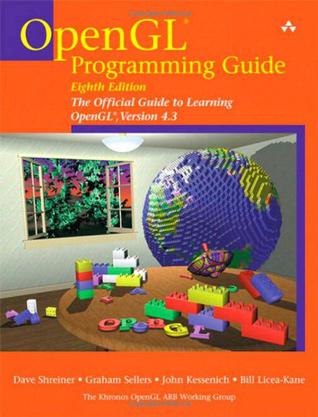
OpenGL Programming Guide
Includes Complete Coverage of the OpenGL(r) Shading Language! Today's OpenGL software interface enables programmers to produce extraordinarily high-quality computer-generated images and interactive applications using 2D and 3D objects, color images, and programmable shaders. OpenGL(r) Programming Guide: The Official Guide to Learning OpenGL(r), Version 4.3, Eighth Edition, has been almost completely rewritten and provides definitive, comprehensive information on OpenGL and the OpenGL Shading Language. This edition of the best-selling "Red Book" describes the features through OpenGL version 4.3. It also includes updated information and techniques formerly covered in OpenGL(r) Shading Language (the "Orange Book"). For the first time, this guide completely integrates shader techniques, alongside classic, functioncentric techniques. Extensive new text and code are presented, demonstrating the latest in OpenGL programming techniques. OpenGL(r) Programming Guide, Eighth Edition, provides clear explanations of OpenGL functionality and techniques, including processing geometric objects with vertex, tessellation, and geometry shaders using geometric transformations and viewing matrices; working with pixels and texture maps through fragment shaders; and advanced data techniques using framebuffer objects and compute shaders. New OpenGL features covered in this edition include * Best practices and sample code for taking full advantage of shaders and the entire shading pipeline (including geometry and tessellation shaders) * Integration of general computation into the rendering pipeline via compute shaders * Techniques for binding multiple shader programs at once during application execution * Latest GLSL features for doing advanced shading techniques * Additional new techniques for optimizing graphics program performance -
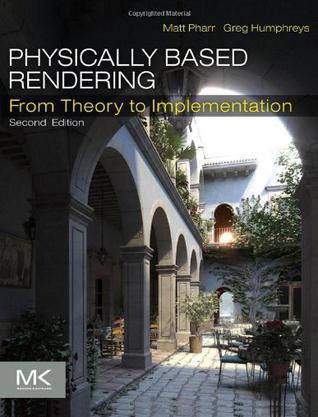
Physically Based Rendering, Second Edition
-
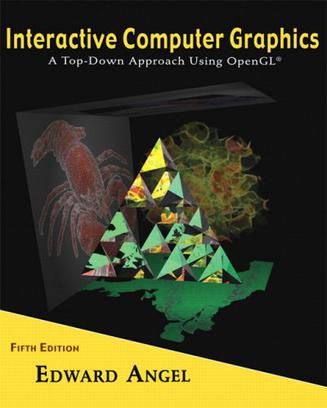
Interactive Computer Graphics
Computer animation and graphics--once rare, complicated, and comparatively expensive--are now prevalent in everyday life from the computer screen to the movie screen. Interactive Computer Graphics is the only introduction to computer graphics text for undergraduates that fully integrates OpenGL(R) and emphasizes application-based programming. Using C and C++, the top-down, programming-oriented approach allows for coverage of engaging 3D material early in the course so students immediately begin to create their own 3D graphics. Low-level algorithms (for topics such as line drawing and filling polygons) are presented after students learn to create graphics. This book is suitable for undergraduate students in computer science and engineering, for students in other disciplines who have good programming skills, and for professionals. -
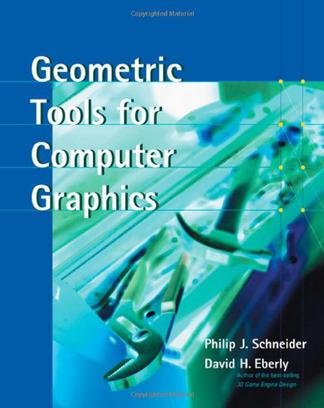
Geometric Tools for Computer Graphics
在线阅读本书 Do you spend too much time creating the building blocks of your graphics applications or finding and correcting errors? Geometric Tools for Computer Graphics is an extensive, conveniently organized collection of proven solutions to fundamental problems that you'd rather not solve over and over again, including building primitives, distance calculation, approximation, containment, decomposition, intersection determination, separation, and more. If you have a mathematics degree, this book will save you time and trouble. If you don't, it will help you achieve things you may feel are out of your reach. Inside, each problem is clearly stated and diagrammed, and the fully detailed solutions are presented in easy-to-understand pseudocode. You also get the mathematics and geometry background needed to make optimal use of the solutions, as well as an abundance of reference material contained in a series of appendices. * Filled with robust, thoroughly tested solutions that will save you time and help you avoid costly errors. * Covers problems relevant for both 2D and 3D graphics programming. * Presents each problem and solution in stand-alone form allowing you the option of reading only those entries that matter to you. * Provides the math and geometry background you need to understand the solutions and put them to work. * Clearly diagrams each problem and presents solutions in easy-to-understand pseudocode. * Resources associated with the book are available at the companion Web site www.mkp.com/gtcg.